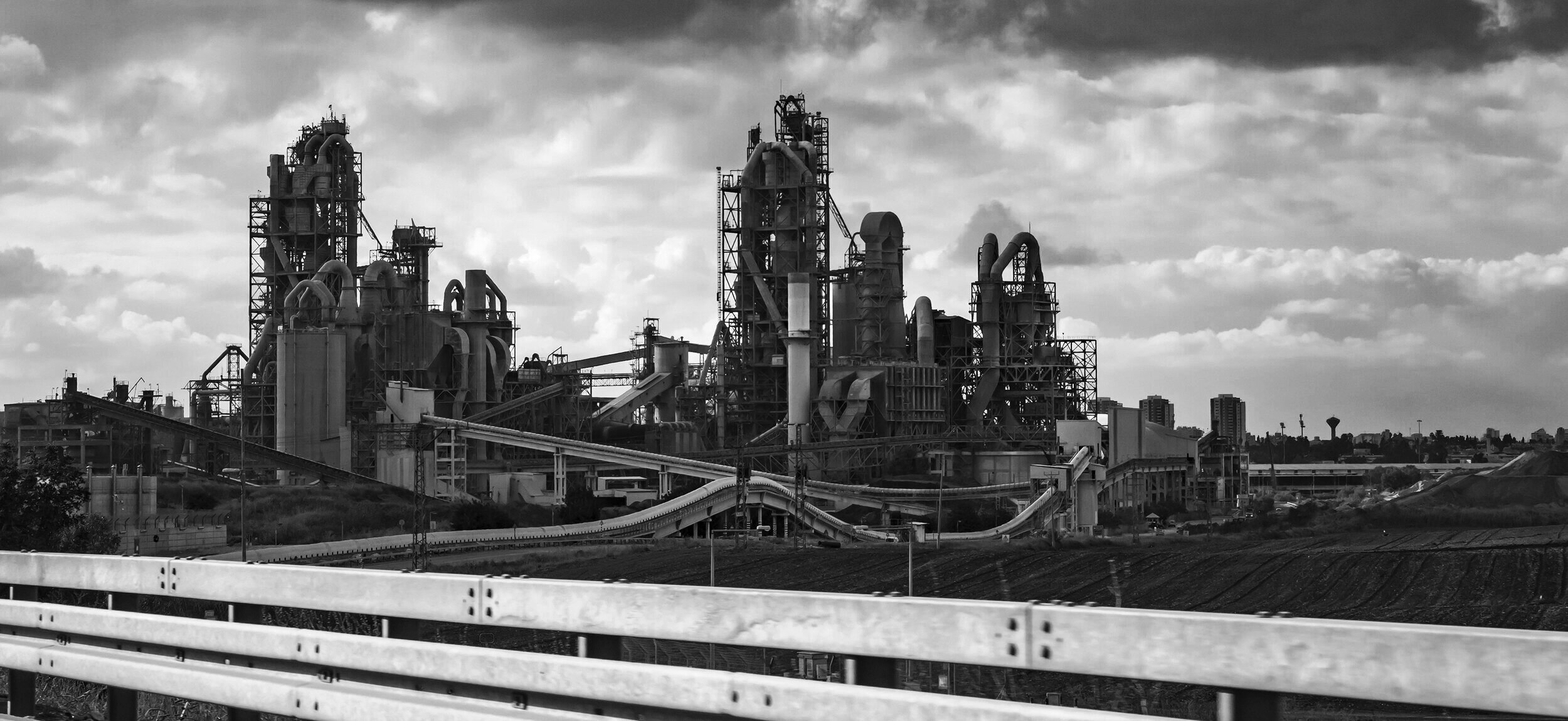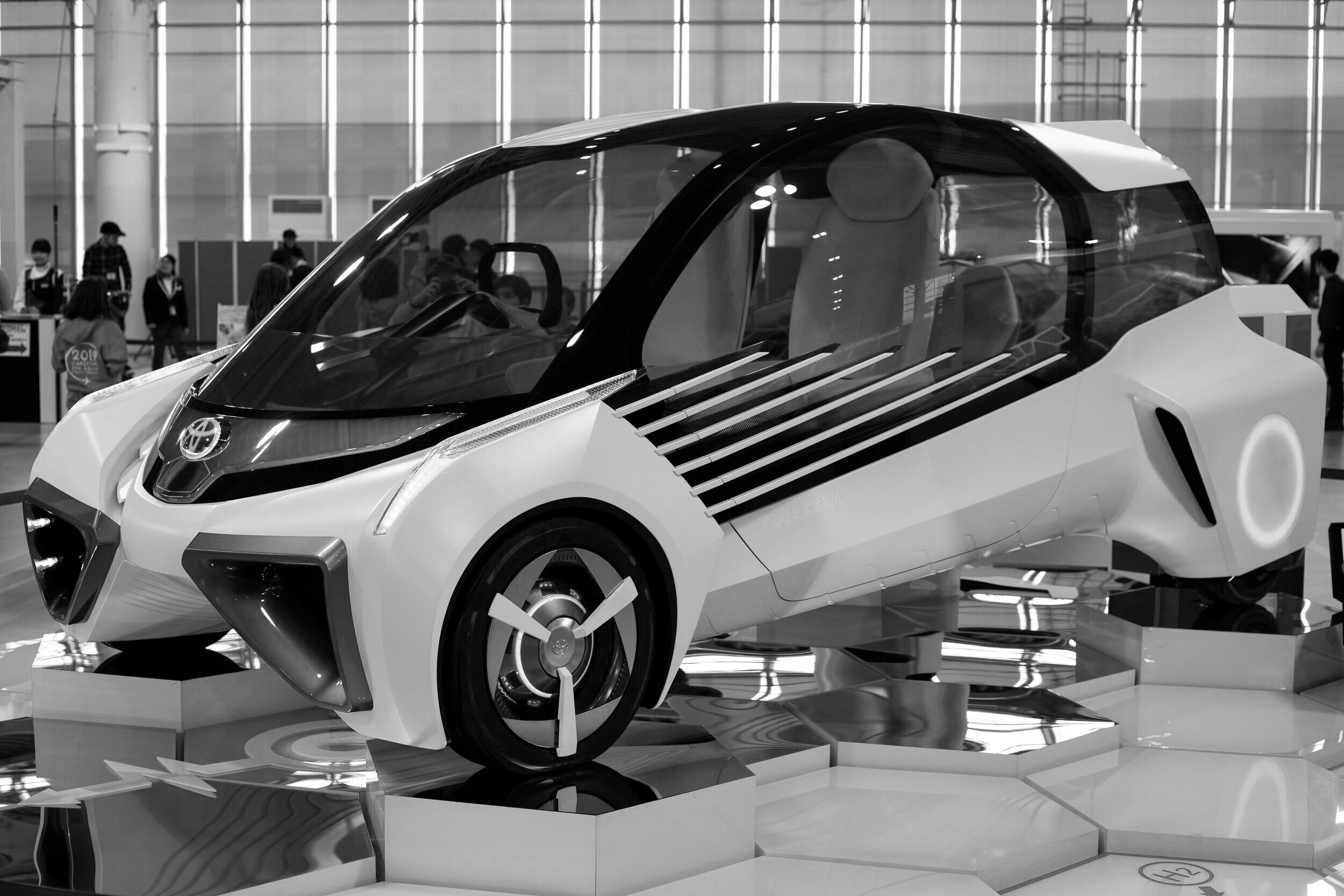
COST COMPARISON
Our greener than green carbon-negative hydrogen ( C-nH2) is 3 to 4 times cheaper than green hydrogen (produced through electrolysis with renewable power) and is cost-competitive with the dirtiest hydrogen.
Our production costs (based on current US costs) are projected to be US$2 -$3 per kg of green hydrogen. Brown hydrogen produced from cheap coal in India costs US$2 per kg.
Blue hydrogen —produced from natural gas paired with carbon capture and storage — costs between US$5 to 7 per kg in the US, and $7 to 11 in Europe and Australia.
Green hydrogen produced through electrolysis using renewable power costs US$10-15 per kg , depending on availability.
Grey hydrogen produced with cheap fracked natural gas costs US$2 per kg in the US, while in Europe, Australia and Asia it costs US$5-6 per kg due to higher natural gas prices.
Our technology changes the game.
A new report from Bloomberg New Energy Finance forecasts the growing global market for green hydrogen, with costs dropping to $US2kg by 2030 in India and Western Europe. SGH2 is producing greener than green hydrogen at that cost today.
We are the only company in the world producing the greenest hydrogen at scale that is cost competitive with the cheapest carbon-intensive hydrogen made from fossil fuels.
“SGH2 is changing the clean energy game. Hydrogen produced from waste gasification using SGH2’s process is greener than green, and cost competitive with the cheapest hydrogen on the market.”
— Santiago De la Fuente, Former Managing Director, Acciona SA

MARKET DEMAND
Hydrogen is the emerging solution for hard-to-decarbonize sectors.
INDUSTRY: Hydrogen can fuel hard-to-decarbonize heavy industrial sectors like steel, chemicals and cement, which cannot use solar or wind energy.
Cement plants worldwide are responsible for over 12% of global greenhouse gas emissions, higher than shipping and aviation combined. SGH2’s hydrogen rich syngas is the only carbon-free fuel that can burn hot enough for cement production.
Steel is responsible for 6 to 7% of global greenhouse gas emissions. Green hydrogen can replace the natural-gas-reformed hydrogen or syngas currently used in modern steel mills to produce direct reduced iron, and eliminate the polluting and energy-intense blast-furnace steel melting of the last two decades.
TRANSPORT: Hydrogen fuel cells can do what electric batteries cannot. For both light and heavy-duty vehicles, hydrogen refueling for fuel cell vehicles (FCV) is 25 to 50 times faster than fast charging batteries. FCVs have 2 to 3 times more range, and are 10 times lighter than electric battery vehicles.
ELECTRIC GRID STORAGE: Hydrogen can provide lowest cost, critical long-term storage for electrical grids relying on increasing amounts of renewable energy. Hydrogen accelerates very high levels of renewable energy deployment and helps balance a grid dealing with intermittent and seasonal generation fluxes from solar and wind energy.
NATURAL GAS REPLACEMENT: Hydrogen can replace and decarbonize natural gas in all applications, starting immediately at up to a 20% blend, and increasing that amount as pipelines are upgraded. Some large industrial conglomerates in Japan are already blending up to 90% hydrogen into their natural gas units in operation, while one of California’s largest utilities is planning to blend 20% of hydrogen into their natural gas power plants.
Adding just 20% hydrogen to UK natural gas pipelines would reduce 6 million tons of carbon dioxide annually — the equivalent of removing 2.5 million cars from the roads.
Hydrogen blending is a win-win transition strategy for decarbonizing natural gas grid assets without major infrastructure investments.
“Hydrogen can help tackle various critical energy challenges. It offers ways to decarbonise a range of sectors – including intensive and long-haul transport, chemicals, and iron and steel – where it is proving difficult to meaningfully reduce emissions.”
– International Renewable Energy Agency Analysis for G20

Emerging hydrogen market is growing fast - the world is leaning into hydrogen.
The global hydrogen market currently represents a total market size of US$140 billion, and is expected to grow to US$158 billion by 2021 (CAGR of 6.2%) and US$1.5 trillion by 2050.
Total investment in the green hydrogen market is projected to be US$70 billion by 2030.
To date, 18 governments, representing 70% of global GDP, have detailed strategies for deploying hydrogen energy solutions, including global deployment of 10 million fuel cell electric vehicles by 2030, and projects across Asia and the US to build 10,000 hydrogen refueling stations by 2030.
Fuel cell vehicle shipments grew by 40% in 2019.
Los Angeles has just announced its plans to be the first city in the nation to blend green hydrogen into natural gas power plants to produce electricity. Others are not far behind.
Australia has a mandate to inject 5% hydrogen into its natural gas pipelines. Germany and the Netherlands are setting mandates to inject 5 to 20%, with the UK targeting up to 50% by 2030.
To date, hydrogen has been an industrial captive, but it is now emerging as a commodity that can be traded, opening capital market access and unleashing tremendous growth.
“Hydrogen is today enjoying unprecedented momentum. The world should not miss this unique chance to make hydrogen an important part of our clean and secure energy future.”
— Dr Fatih Birol, International Energy Agency Executive Director

But not all hydrogens are created equal. Today grey and brown hydrogen dominate the world hydrogen market, with high greenhouse gas emissions.
Today nearly 99% of the 70 million tons of hydrogen produced a year is gray hydrogen (70%) made from natural gas and brown hydrogen (30%) made from coal gasification. Together, they produce more than the combined greenhouse gas emissions of Britain and Indonesia (Source: IEA)
Affordable, mass produced, reliable green hydrogen is the missing link needed to decarbonize the world. SGH2 is the only company with the complete end-to-end solution.
Traditional green hydrogen made from electrolysis is very expensive to produce, and requires tremendous amounts of renewable power, which is intermittent.
Unlike other green hydrogen, our greener than green hydrogen is a fraction of their cost to produce, and our technology does not require a high electrical energy load. Electrolysis requires 62 KWh to produce 1 kg of hydrogen from 8 gallons of deionized water. Our facilities generate their own power (1.8 Kwh per Kg of hydrogen) and do not require external power input to convert waste to hydrogen.
Traditional green hydrogen (electrolysis) plants are expensive, have limited capacity, and take a long time to build if they are using new renewable sources like offshore wind. Our stacked modular design is built for rapid scale and linear distributed expansion, at lower capital costs, and on a fraction of the land required for large scale solar and wind farms. All engineering and construction is standardized and quality assured, performed in collaboration with the largest engineering, procuring and construction (EPC) companies in the world such as Fluor Group.
Unlike other green hydrogen production from electrolysis with intermittent renewable energy like wind or solar, the SPEG process operates on a year-round base load capacity and therefore can produce hydrogen at scale more reliably.


